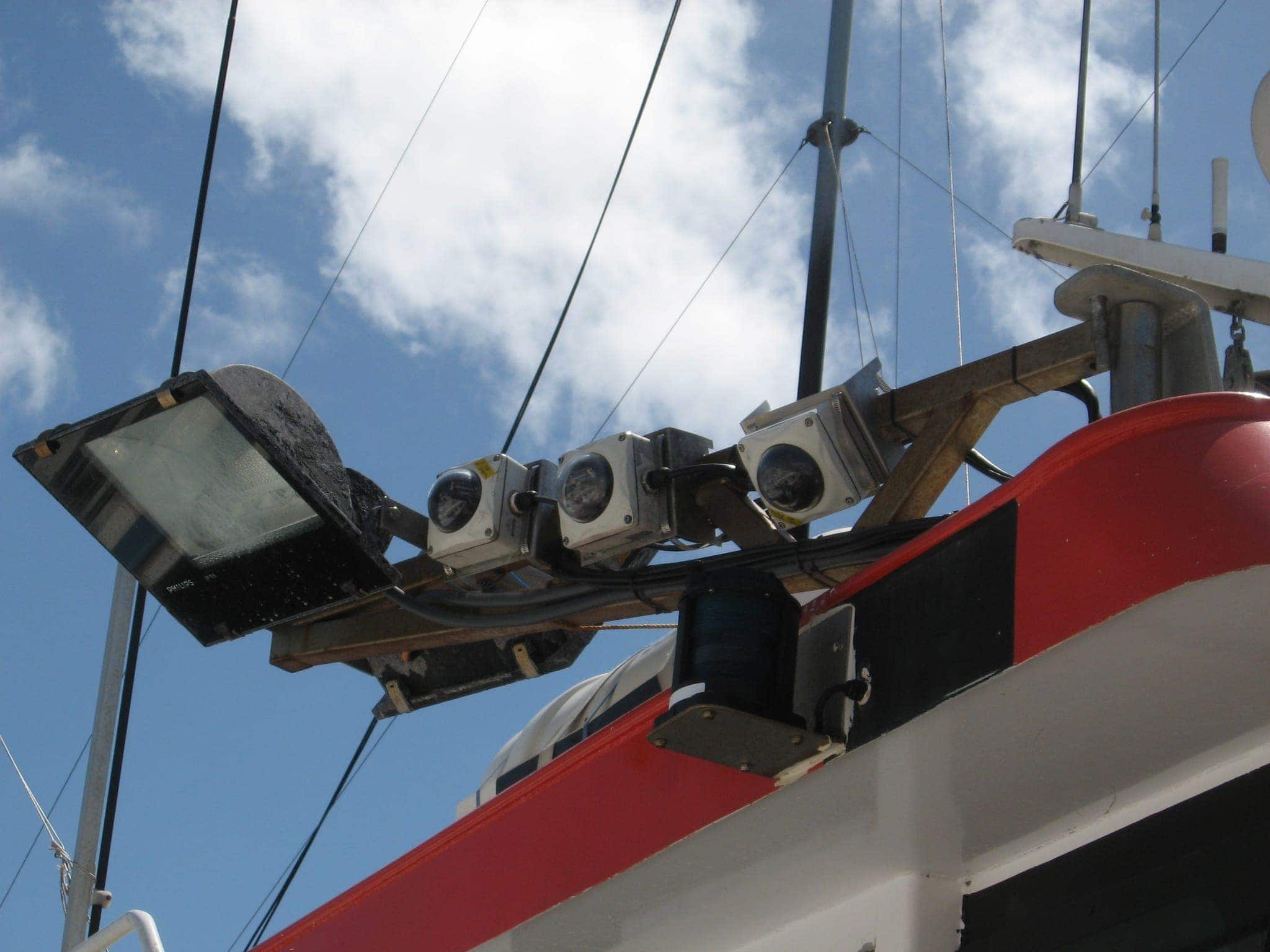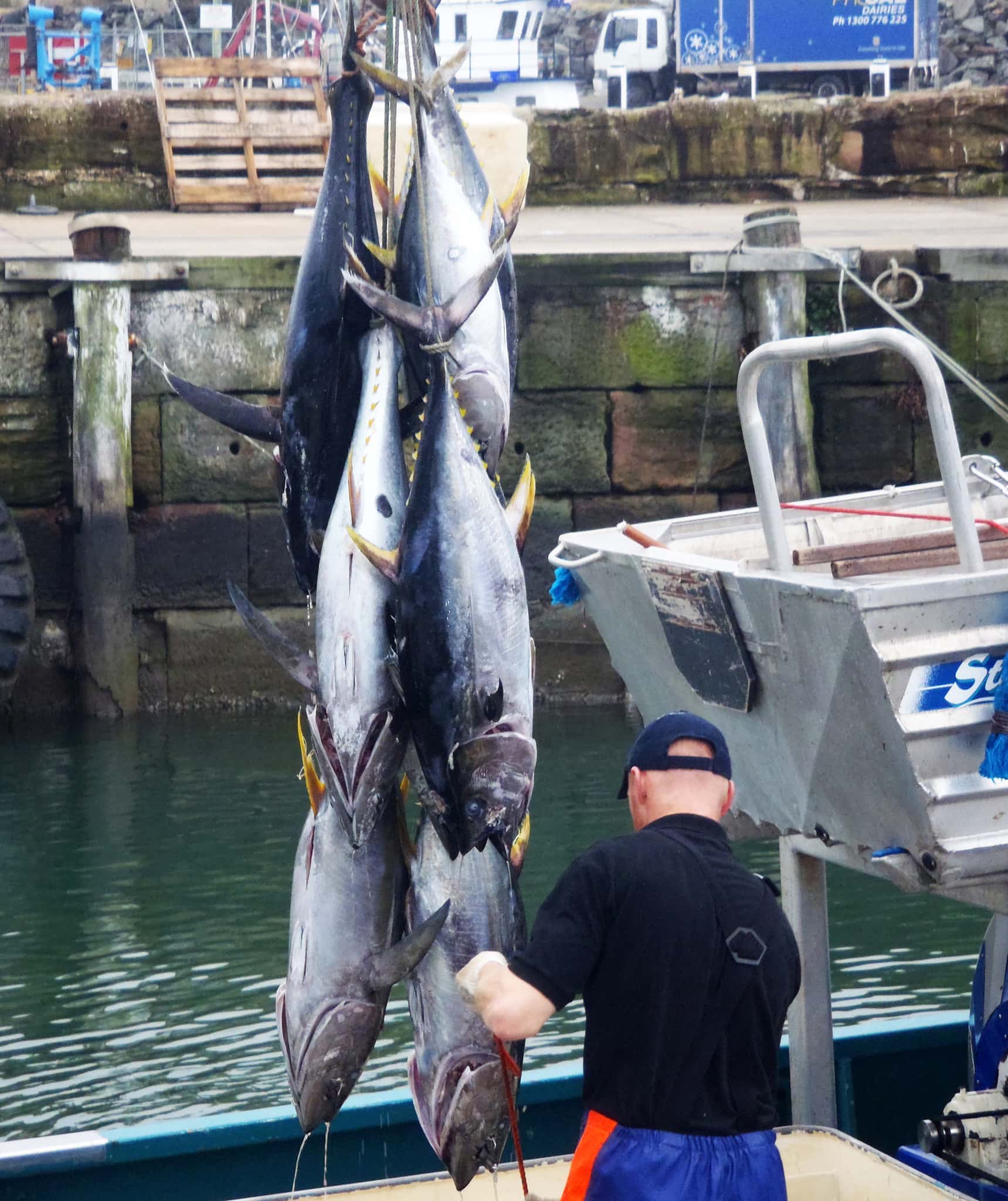Crew safety at the forefront in new Tuna Australia research project
Finding new and improved wildlife mitigation technologies that enhance crew safety is the focus of a new Tuna Australia project that started this month.
Funded by the Fisheries Research and Development Corporation (FRDC), the research project will test and evaluate a large number of mitigation technologies to ensure they are effective, efficient and safe.
“This project ensures that safety is at the forefront of how we operate,” said David Ellis, Tuna Australia CEO.
Our goal is to make the workplace safer for crew and skippers working on Australian tuna boats, so they return home safely after a trip.”
Key activities
The Eastern Tuna and Billfish Fishery (ETBF) spans the eastern half of the Australian fishing zone from North Queensland to South Australia.
Pelagic longline fishing gear interacts with wildlife—including seabirds, turtles, sharks and toothed whales—who have learnt that fishing is a provider of food and seize this opportunity to steal bait and/or the fish that get caught on the hooks.

E-monitoring cameras. (c) AFMA.
Currently, the tuna industry uses best-practice technologies to manage interactions with wildlife consistent with the Agreement on the Conservation of Albatrosses and Petrels, Conservation and Management Measures of the Western and Central Pacific Fisheries Commission, and ETBF Management arrangements.
These include tori lines that act like a ‘scarecrow’, and line weighting using lead swivels to make the bait sink faster and away from scavenging birds.
These technologies are highly successful, resulting in low interactions. But some of these technologies have safety issues.
“There have already been several serious injuries in Australian longline fisheries due to line weights,” said Patrick Hone, Managing Director, FRDC.

Unloading yellowfin tuna. (c) AFMA.
There is a clear need to improve currently used mitigation tools such as line weighting to prevent flybacks, said Hone.
“From a work health and safety (WH&S) perspective, it would be desirable to reconfigure weights to prevent recoil and possible serious injury should the lines break when hauling fish. At the same time, investigating how we can shield fishers from flyback events is an important element of this project.
“Other considerations include how extra line weighting may impact catch rates as it restricts bait movement, so these things need to be field tested,” he said.
The project will also test other technical improvements to existing mitigation equipment, such as side setting and tori line standardisation.
Led by industry
Tuna Australia has engaged Future Catch Consulting to manage the project, running from November 2020 to June 2022.
“Commercial fishing is one of the most challenging occupations on the planet and fishing gear can be responsible for serious injuries and fatalities,” said consultant Nicholas Rayns to Tuna Australia.
We’re going to work closely with industry—at the boat level—to find the best suite of mitigation technologies to minimise wildlife interactions and improve crew safety.”
ETBF boats operate across a wide geographical area, resulting in interactions with different wildlife species.
The project will therefore trial a diverse number of mitigation tools to find ones that can work alone or in combination on specific vessels.
“The research findings will make an important contribution,” said Wez Norris, Australian Fisheries Management Authority CEO to Tuna Australia.
The project will support the continued refinement of mitigation methods to improve their effectiveness and safety, and ensure we exceed international best practice and agreements.”